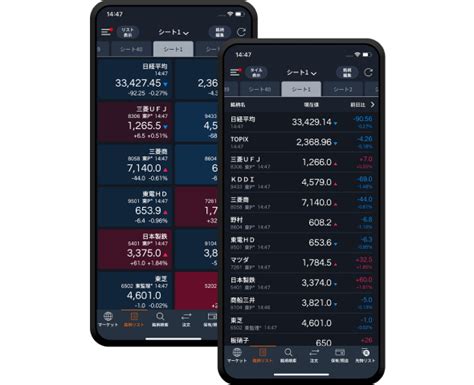“Hedging the Risks of a Volatile Market: A Guide to Cryptocurrencies, LPs, and Futures”
The world of finance is becoming increasingly complex, with cryptocurrencies, leveraged products, and futures contracts at the forefront of many investors’ minds. In this article, we’ll delve into each of these three key concepts, examining their risks, benefits, and strategies for managing them.
Cryptocurrencies: A High-Risk Investment
Cryptocurrencies like bitcoin (BTC) and ethereum (ETH) have been touted as the future of finance due to their decentralized nature, security, and potential for high returns. However, they are also known for their volatility, with prices fluctuating wildly in response to market sentiment.
Leveraged Products: A Double-Edged Sword

Leveraged products like futures contracts allow investors to increase their profits or reduce their losses by leveraging borrowed money. It can be a powerful risk management tool, but it also comes with significant risks. Leverage can magnify losses if the market moves against you, and it is essential to understand the terms of any leveraged product before investing.
Futures Contracts: Speculating on Market Movements
Futures contracts are agreements to buy or sell an asset at a predetermined price on a specific date in the future. They allow investors to speculate on market movements and lock in profits or reduce losses. However, futures contracts often involve significant risks, including margin calls, interest rate risks, and the potential for large price movements.
LPs (Leveraged Products)
LPs are a type of leveraged product that allows investors to invest in financial instruments such as futures without using their own capital. LPs can be used to hedge against market risk or speculate on market movements. By investing in an LP, you are essentially lending your money to another investor, which can help manage risk and potentially increase returns.
How LPs Work
LPs are typically offered by investment funds that invest in leveraged products, such as futures contracts. When you invest in an LP, you become a co-owner of the fund’s assets and are entitled to a share of any profits or losses. LPs can be structured in a variety of ways, including:
- Leveraged Equity: Invests in financial instruments with borrowed money.
- Leveling Funds: Invests in financial instruments without leverage.
- CDO (Collateralized Debt Obligations): Invests in securities backed by loans.
Benefits of LPs
LPs offer several benefits, including:
- Diversification: By investing in multiple leveraged products, you can spread your risk and potentially increase your returns.
- Hedging: LPs allow investors to hedge against market risk or speculate on market movements.
- Lower Capital Requirements
: Because LPs use borrowed money, they often require lower capital requirements compared to direct investments.
LP Risks
While LPs offer several benefits, there are also significant risks to consider:
- Margin Calls: If the market moves against you, your leveraged position may become too large, leading to a margin call.
- Interest Rate Risks: Changes in interest rates can affect the value of your investment.
- Leverage Reduction Risk: If the market declines significantly, your leverage may be reduced, resulting in significant losses.
Conclusion
Cryptocurrencies, leveraged products, and futures are complex financial instruments that require careful consideration before investing. While LPs offer a way to manage risk and speculate on market movements, they also carry significant risks. By understanding the advantages and disadvantages of each instrument, investors can make informed decisions about how to allocate their capital.

